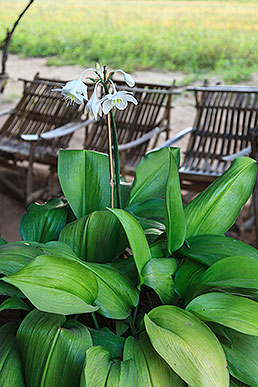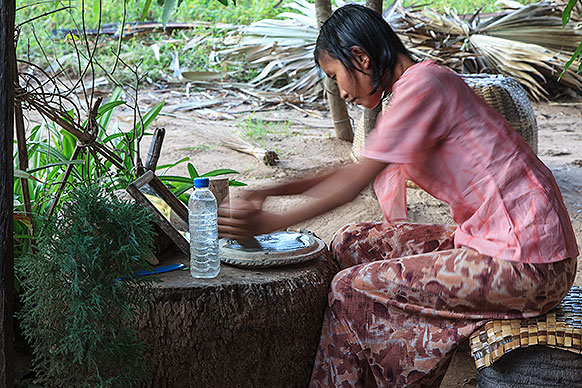Milaungbya Village

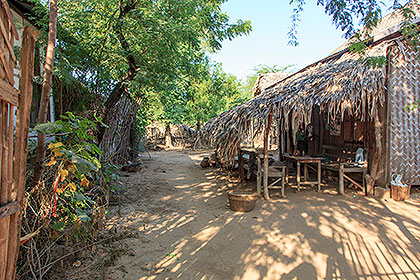
Motoring south from Bagan to Salay on Highway 2, we pick a village more or less at random to get another candid photographic view of village life in Burma. The village we stop at is Milaungbya, about 13 miles south of Old Bagan, and 6 miles north of Chauk.
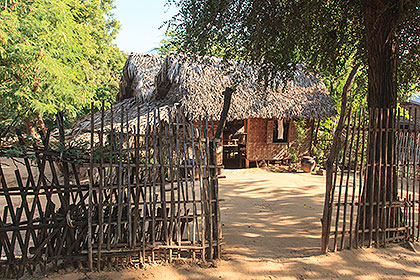
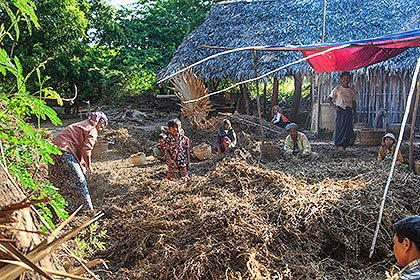
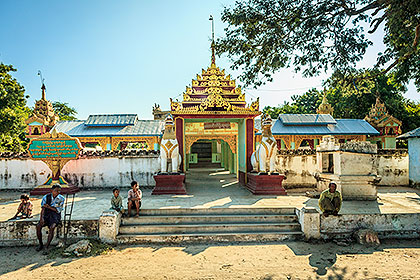

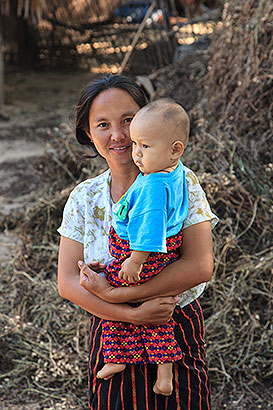

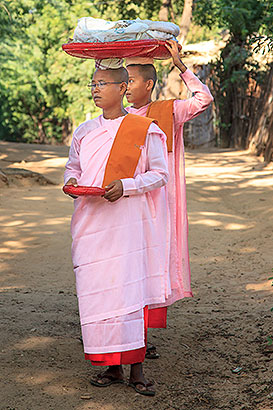
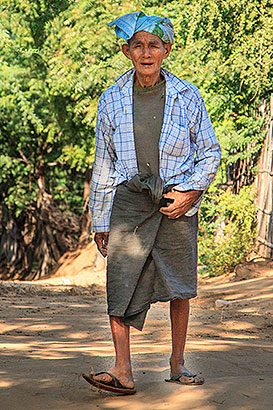
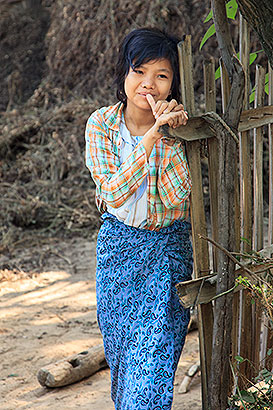
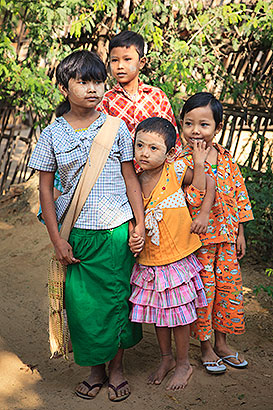
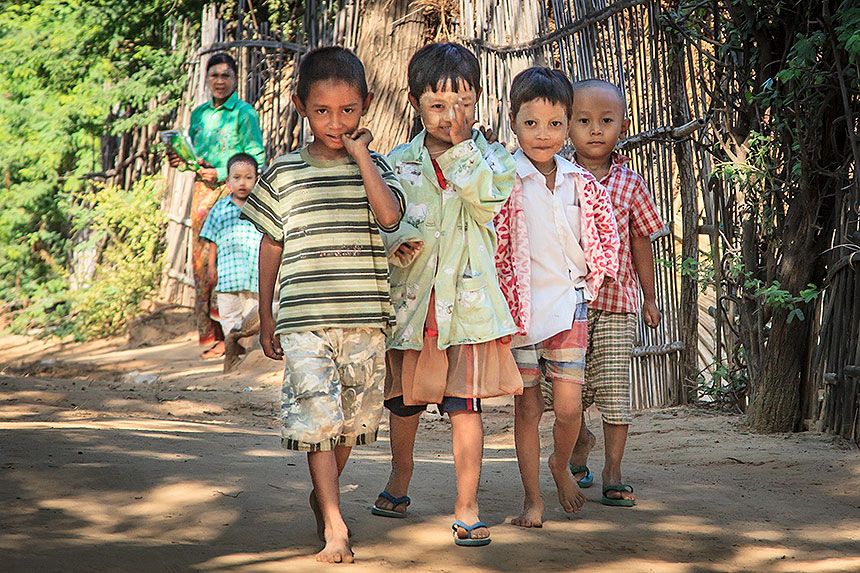
Salay

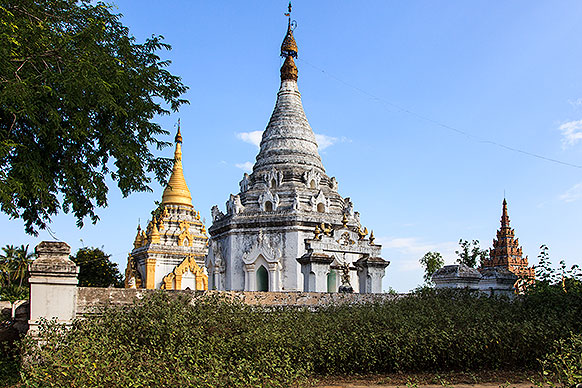
Just a little bit further south is Salay [sometimes spelled Sale], a religious center with history going back to the 12th and 13th centuries. Today Salay is said to have about 50 monasteries, as well as a good many well preserved colonial buildings.
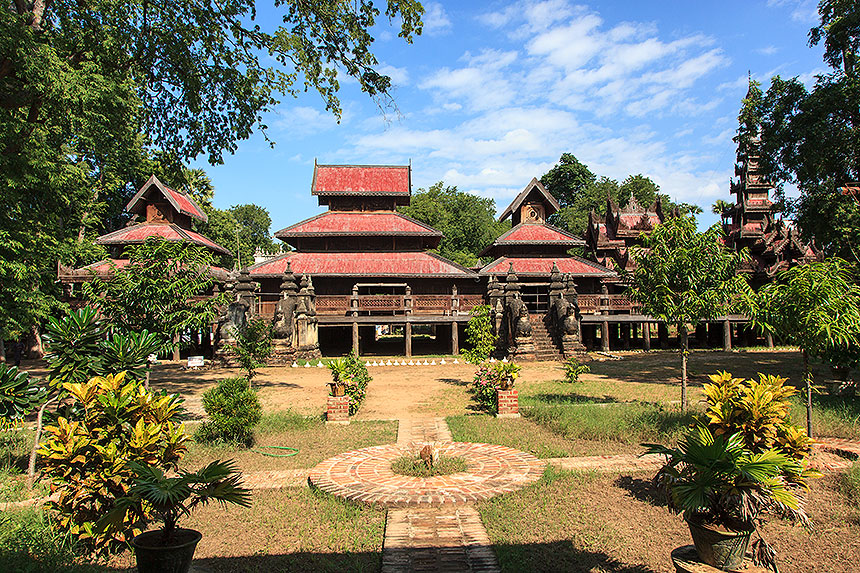
The Youqson Kyaung wooden monastery dates from around 1882, and it now houses the U Pon Nya Museum, named for a writer of the same name. The museum houses and protects Bagan-era wood carvings and other historic items from Salay monasteries.
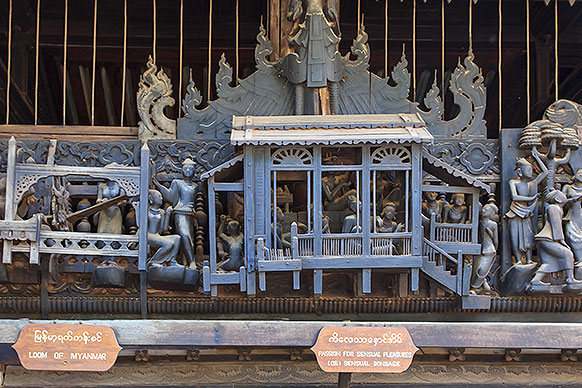
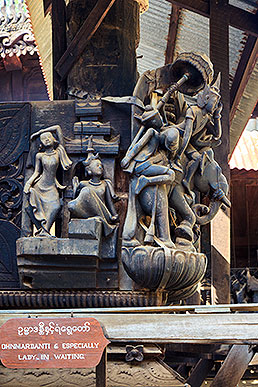
Some of the wood carvings depict scenes from the Jataka and the Ramayana, as well as 19th century court life.
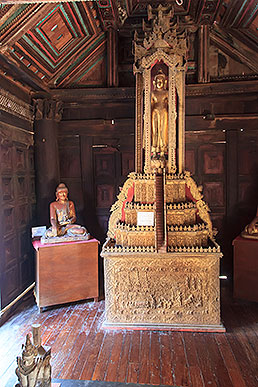
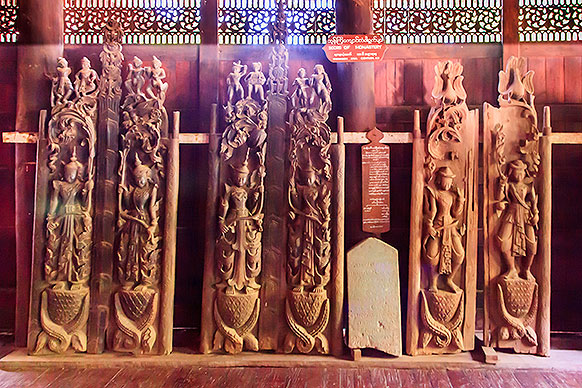
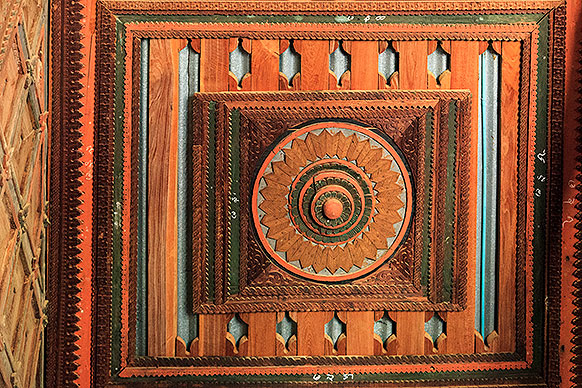
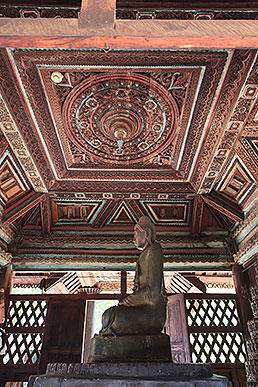
Intricate wood carvings also decorate the ceilings.
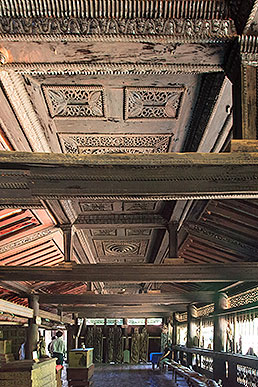
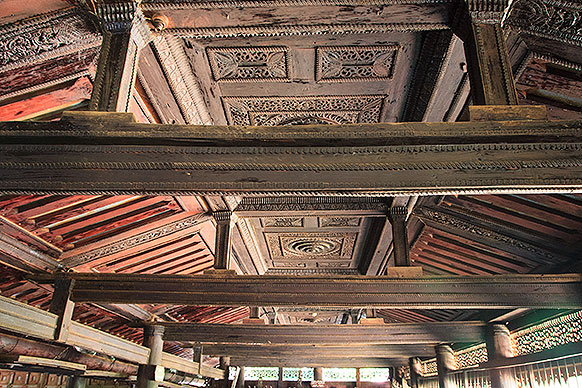
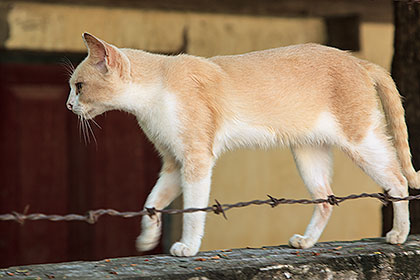
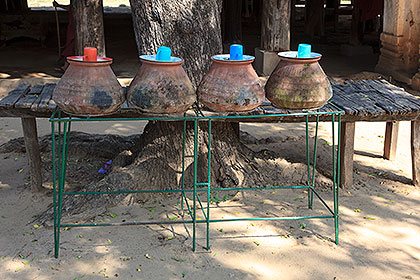
Covered pots and a cat patrol keep unwanted pests under control.
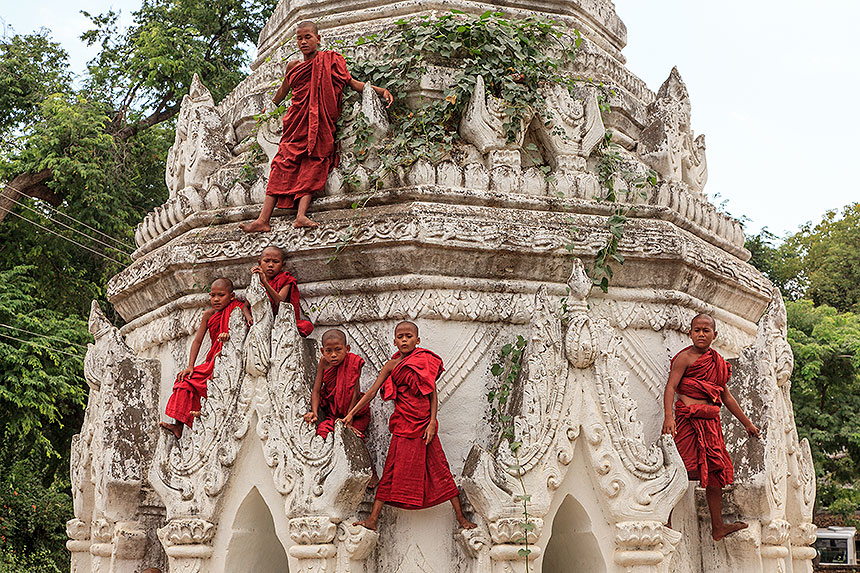
Not far away we find young novices climbing on an old white stupa.
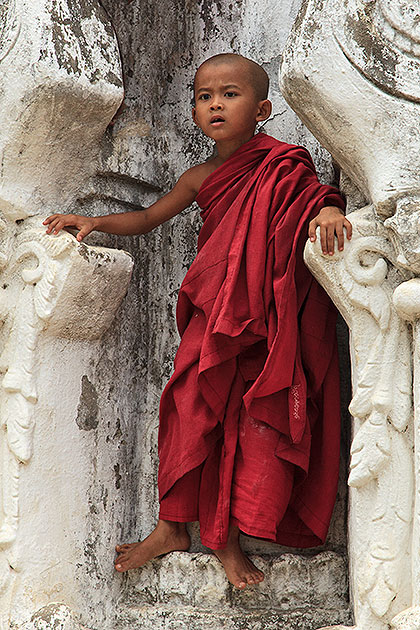
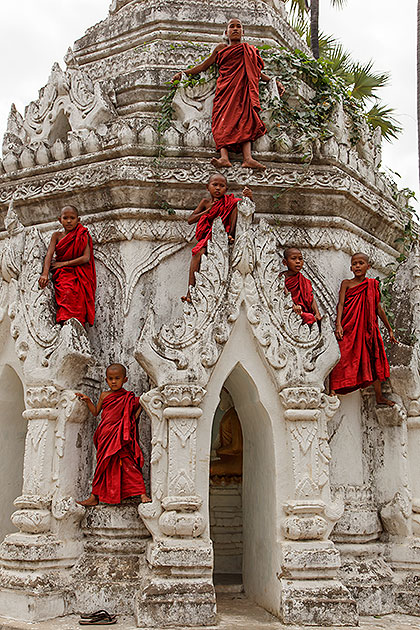
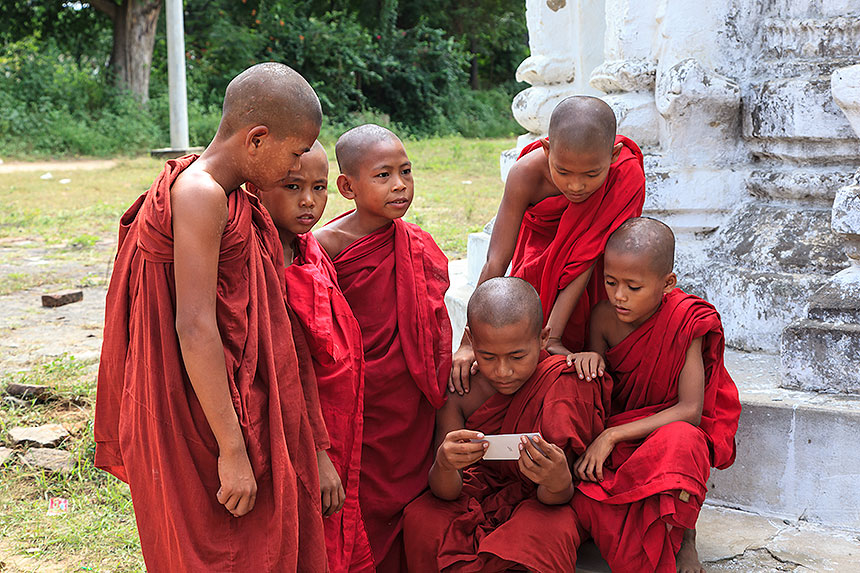
Chris gives them a photograph from an earlier trip, and they seem interested.
Mt. Popa
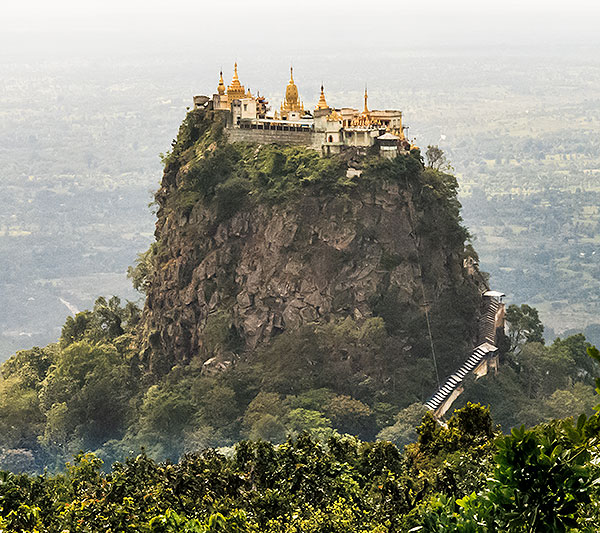
From our lunch restaurant we take this shot of Mt. Popa, a 2400 ft. volcanic mountain, and after lunch we pay a visit to Mt. Popa.

At the top of Mt. Popa are multiple temples devoted to the nats, which are spirits worshiped by the Burmese along with Buddhism. Most Burmese do not see any conflict in this; others consider nat worship to be a harmless superstition. There are 37 Great Nats and many other minor ones. Statues of a few of them are shown here.
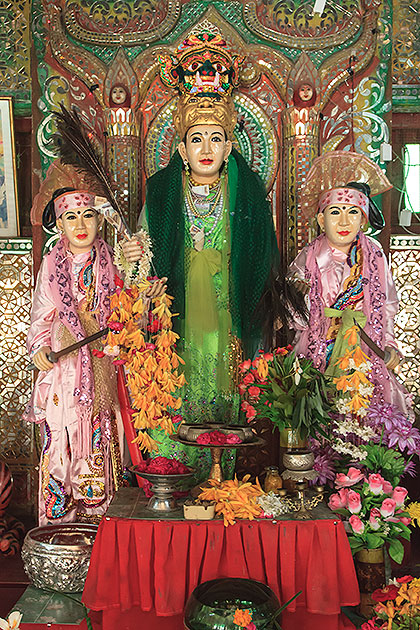

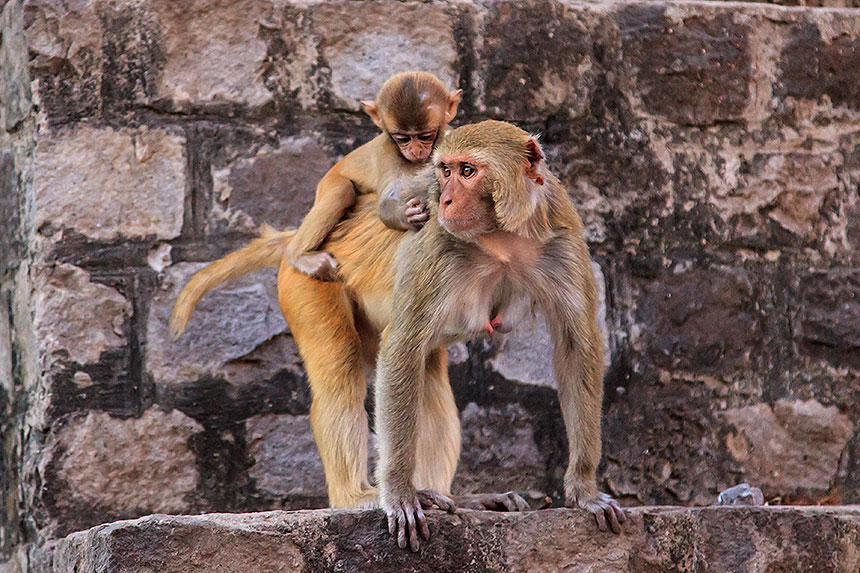
Besides nats, Mt. Popa is home to a great many monkeys. These are cute to watch, but their manners leave something to be desired.
Palm Sugar
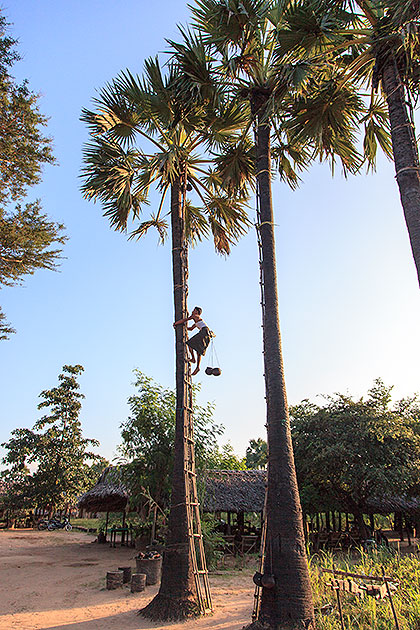
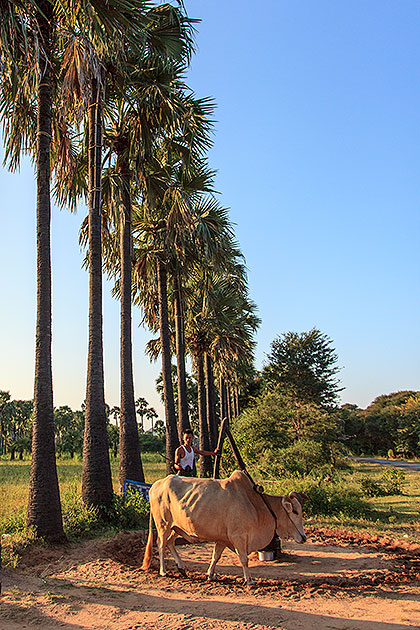
We stop at a place where palm sugar candy (Jaggery) is made. Syrup of the Toddy Palm is collected (above right and below), then boiled. The ox-powered grinder at left (above) is making sesame oil, possibly to use in the candy making.
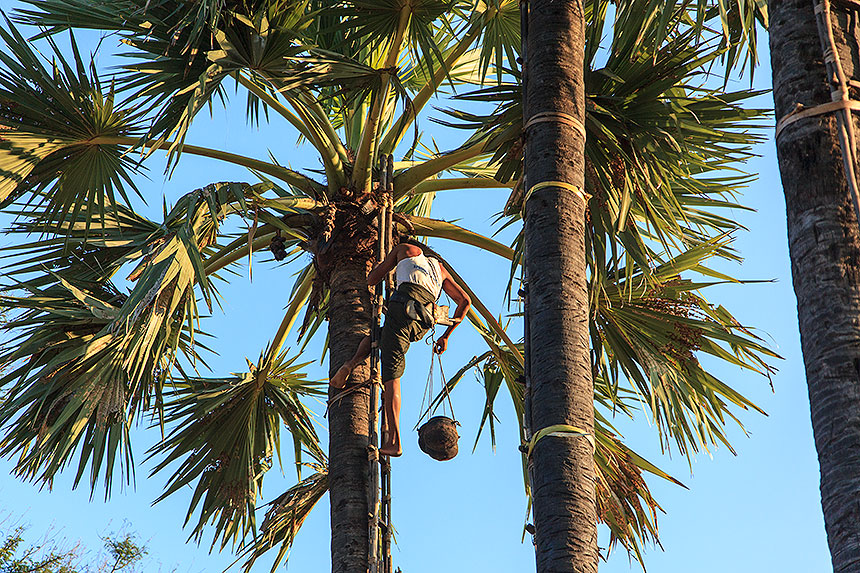
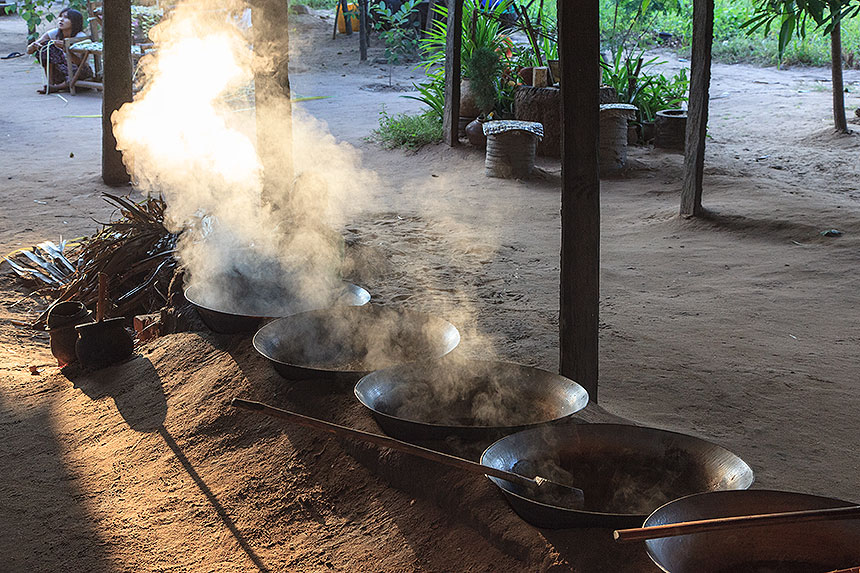
White toddy palm syrup is boiled until it becomes thick and golden brown; then it is cooled and cut into pieces. Below, a woman is grinding pieces of thanakha log with water to make the ubiquitous face cream used by young Burmese.
